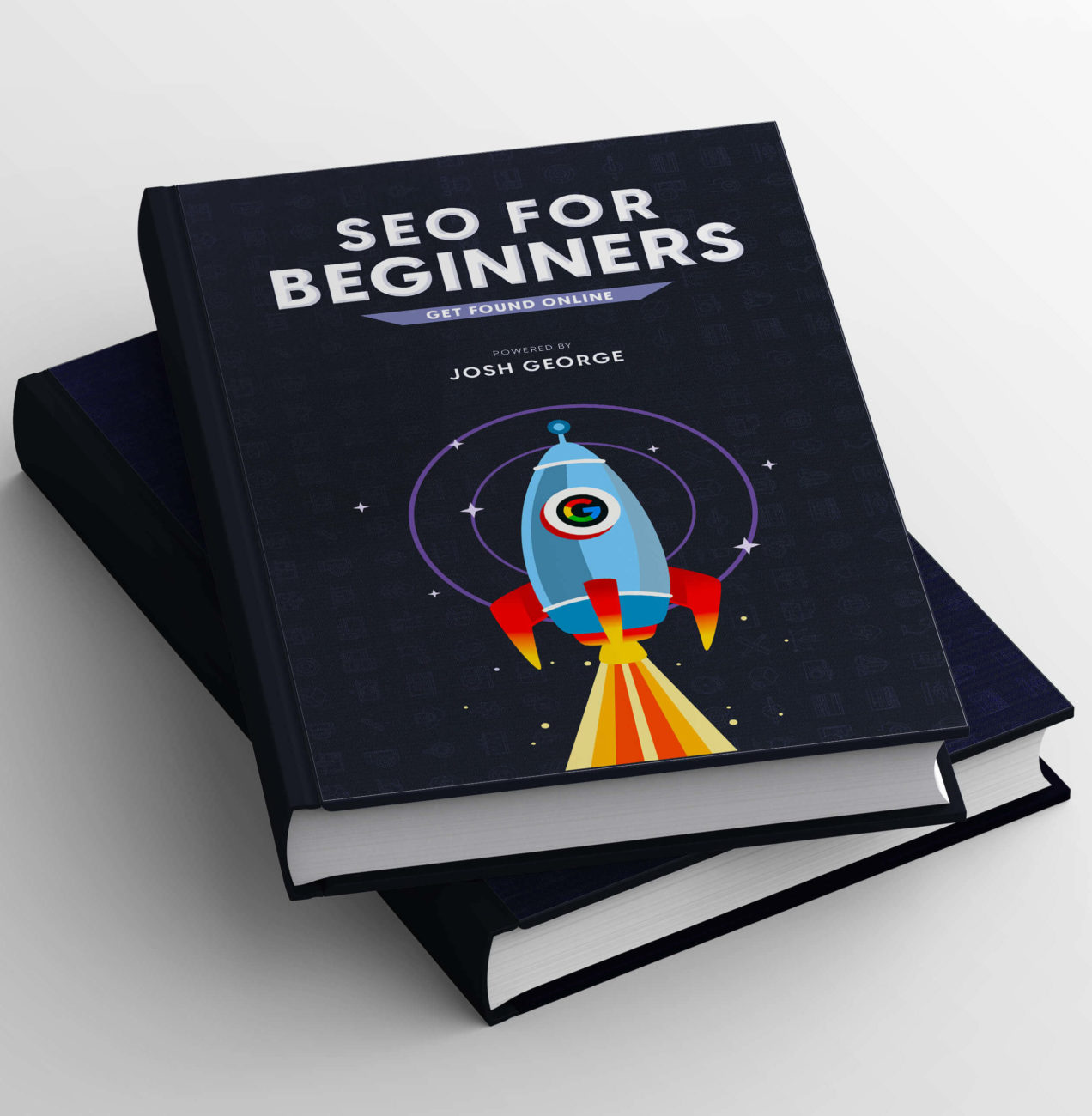You should already have done keyword research and compiled a list of keywords you’d want to optimize for your site. At this point, it’s just a matter of using them properly as part of your search engine optimization (SEO) campaign to help move up the search rankings and increase your visibility.
This post will show you the exact steps you must take to leverage keyword optimization and get the most out of your SEO efforts.
Create Topic Clusters
Topic clusters refer to groups of interlinked pages in your website, with each group discussing a particular subtopic in your niche. Here’s a visual representation of a topic cluster:
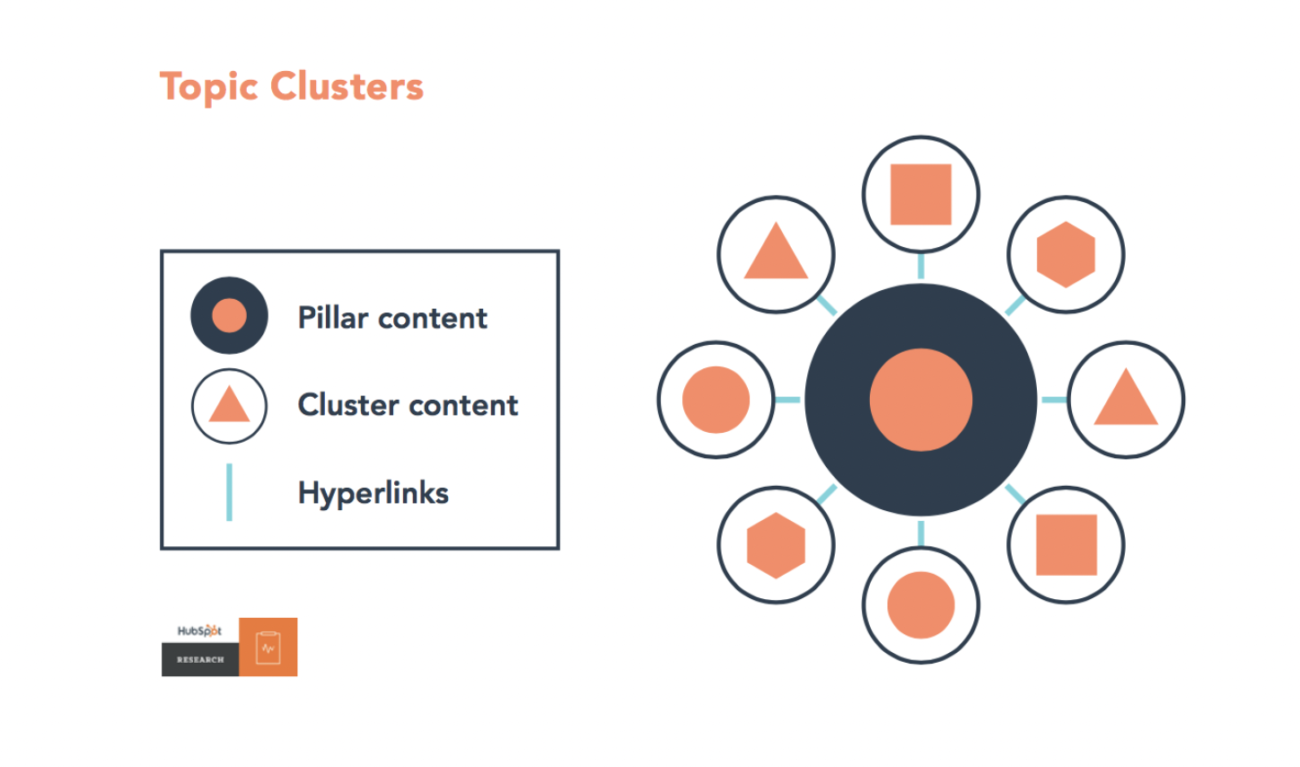
In the example above, pillar content is surrounded by cluster content pages that link back to it and vice versa.
Topic clusters can have different interlinking structures. For instance, some groups link cluster content pages with each other. The most important thing to remember is that you must isolate topic clusters from each other as much as possible.
The purpose of topic clusters is to increase your site’s topic relevance. Organizing your pages into different clusters, you help search spiders crawl and index your website more efficiently. And as they see that you grouped your pages semantically, spiders will start acknowledging your site as an authority in your niche.
From your list of SEO keywords, you need to identify which among them you should use for your pillar content and cluster content.
Ideally, long-tail keywords make for perfect secondary keywords to be used for your cluster content. On the other hand, head keywords with a high search volume will serve your site’s primary keywords and are better optimized for pillar content. Here’s another example of how your cluster will look like:
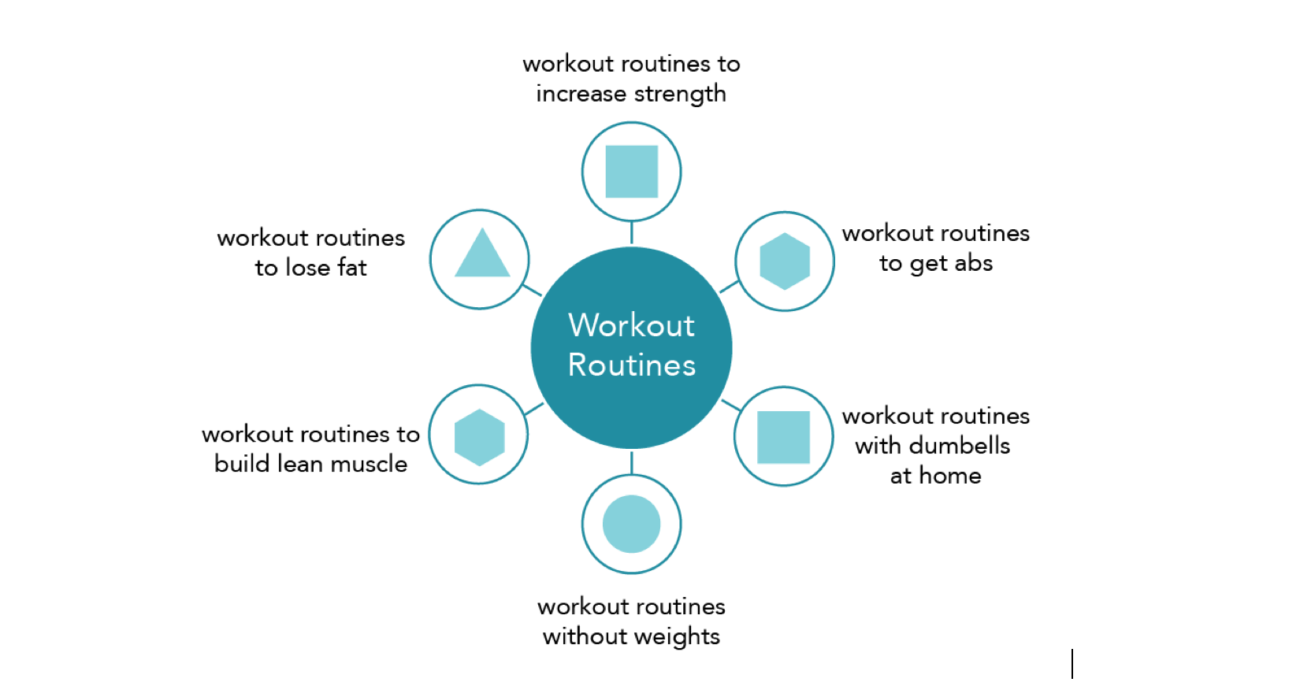
If you want to automate the process of grouping your keywords into their appropriate clusters, a keyword research tool like Keyword Cupid should help you get the job done.
Simply feed the tool your keywords, and it will take care of clustering them together by reverse-engineering Google’s Knowledge Graph using actual data from search engine results pages (SERPs).
Mention Them in the Three Kings of SEO
After identifying which keywords you plan on optimizing for your website, you must observe the best on-page SEO practices on each page. And the best way to do this is by mentioning your keyword on the page’s content.
This way, you inform search engines that your content is about a specific topic, and it should be indexed for that search term.
However, we’re not referring to keyword stuffing, a tactic where you must mention the keyword in the content as many times as possible. This worked years ago, but it’s no longer the case now that Google’s algorithm can detect these spammy tactics.
Instead, you need to mention the primary keyword of your page on the right parts of the content. In this case, you must include them in what I call the “three kings of on-page SEO.” They are the URL, SEO title tag, and page title.
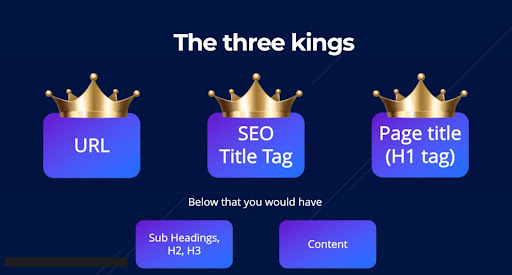
You can also consider including your keyword on the subheadings and content of the page, but their results won’t be as impactful compared to mentioning the keyword to the last three elements.
Editing the keywords into the three kings is performed when you log in to your site. For WordPress, you can change the URL and page title on the blog post or page editor.
For the SEO title tag, which is the one that appears on search results, you must use an SEO plugin like Rank Math.
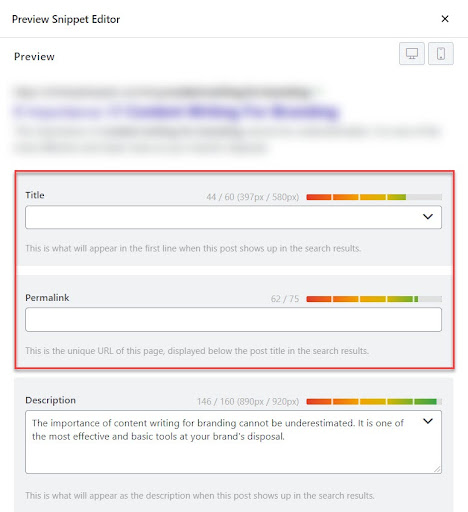
It allows you to write a title containing your keyword that’s different from your page title. This is important because you want to make your SEO title more click-worthy to generate more organic traffic.
To help your cause, you can also edit the meta description so make your case as to why they should click on your page.
While Google sometimes edits the meta description depending on the search query that your page appears in, it’s good to have a default description that search engines in general, could easily pull once your content is indexed.
Optimize for Content
When writing content for the page, you want to cover as much ground about the topic as possible. That means mentioning words and phrases in your content that are relevant to your keyword.
And we’re not just talking about related keywords that you will find from keyword research tools. We’re referring here to TF-IDF which stands for term frequency-inverse document frequency.
In layman’s terms, TF-IDF involves the process of finding words that are mentioned the most (term frequency) using data from the search engine rankings of a keyword. Then it eliminates the most common words like prepositions and conjunctions from the list (inverse document frequency) to filter out unique words that are common for that keyword phrase.
SEObility has an integrated TF-IDF feature that shows phrases related to your keyword to include in your content.
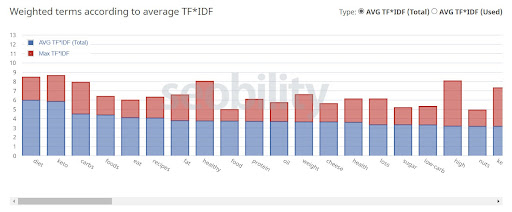
From here, consider which words you should mention in your content based on the number of times the top-ranking pages mentioned them in their content. The goal is to make your content similar to those ranking on the first page for your target keyword. This way, you can increase the correlation between the best-ranking pages and yours.
Use Keywords as Anchor Texts for Links
Finally, when you start building links to your site pages or implement a site-wide internal link strategy, you must use the keywords as anchor texts.
However, you don’t have to use the same keywords for internal and inbound links.
The goal is to make your links look as natural as possible, and using the exact anchor text is a red flag that could lead Google to penalize your site.
Therefore, you must diversify your anchor text using partial matches as well. This anchor text type contains your keywords but has added words or a variation of your primary keyword.
To help you come up with variations you can use as anchor texts, Linkio has an Anchor Text Generator tool you can use. Just fill the short form to get keyword ideas as to which anchor texts to use.
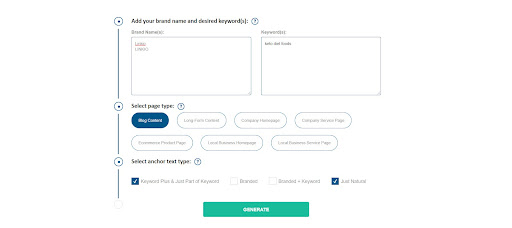
Conclusion
Properly using keywords in your site pages in line with the best SEO tips and practices will help search engines crawl and index them appropriately. By creating topic clusters and optimizing your content creation and link building campaigns, you can get your site ranking for your target keywords in no time.



